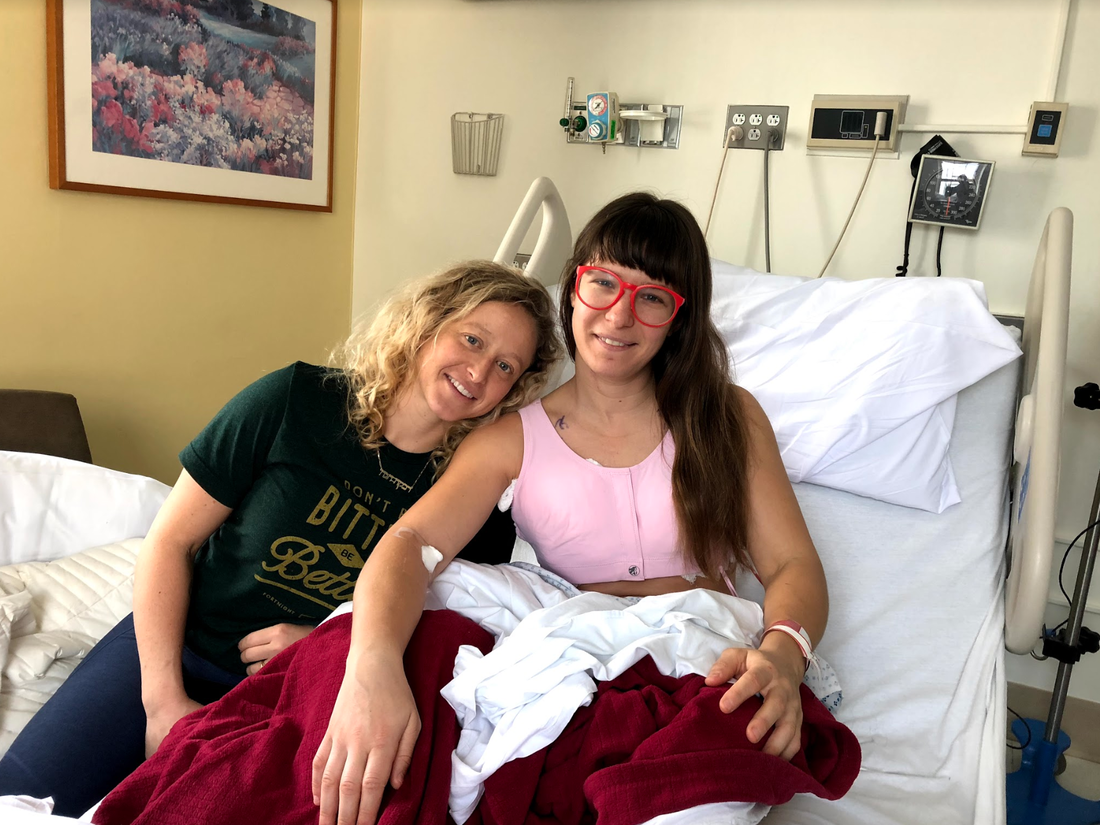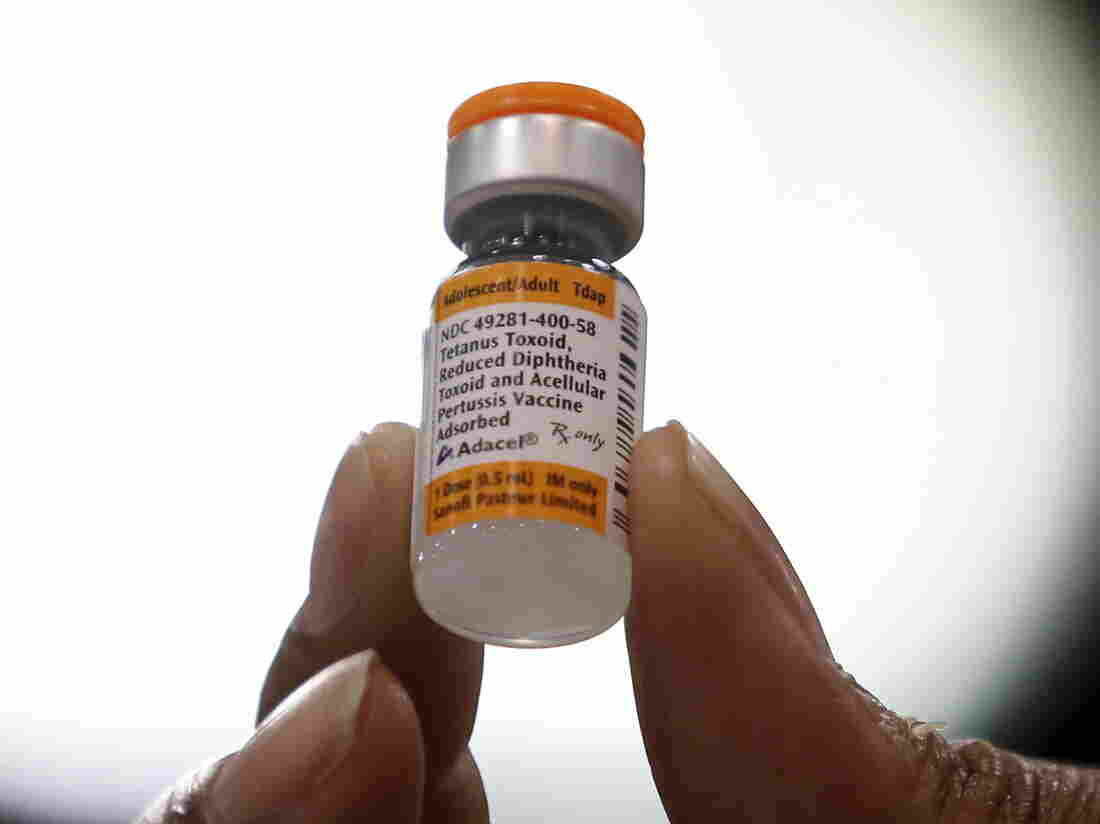Are Doctors Overpaid?
picture alliance/Julian Stratenschulte/picture alliance via Getty Images
NOTE: This is an excerpt of Planet Money’s newsletter. You can sign up here.
Every year, medical students apply for residencies at hospitals around the country through the National Resident Matching Program. It’s like a dating app for med students and hospitals, and it culminates this Friday, which is Match Day, when more than 30,000 students find out who they’ve got a really long date with.
Constanza Gallardo/Creative Commons/NPR
Some people view Match Week as a beautifully engineered dance between supply and demand that ensures the best and brightest learn how to be good doctors at top hospitals. Others, like Dean Baker, Senior Economist at the Center for Economic and Policy Research, say this residency system makes health care dramatically more expensive for Americans. A 2011 study in Health Affairs found American doctors, who make an average salary of almost $300,000, are paid around twice as much as doctors in other rich countries.
Baker says “doctors are seriously overpaid” and a big reason is rules that restrict the number of people who can get residencies. He calls these rules the work of “a cartel,” and in economics, those are fighting words. A cartel limits the supply of something in order to increase the amount of money they can charge. The Organization of the Petroleum Exporting Countries, or OPEC, is a classic example.
The residency bottleneck
Baker argues that the U.S. residency system turns away thousands of perfectly qualified students every year. These include many foreign doctors, who are barred from practicing here unless they complete a residency within the country. While the number of residencies has increased about 26% over the last decade, Baker (and the Association of American Medical Colleges) argues it’s a bottleneck preventing an adequate supply of doctors.
Most of the funding for residencies comes from the Medicare program, and Congress capped the number of residencies the program funds in 1997. “It was originally frozen as a response to lobbying from doctors who were complaining that there were too many doctors,” Baker says. Trade groups for doctors have also been lobbying against allowing nurse practitioners, physician assistants and other medical professionals to play a larger role in treating patients. The result of policies like these, Baker argues, is a market with less competition, driving up prices for everyone.
Baker estimates that the salaries of the roughly one million doctors in the U.S. account for about eight percent of total healthcare spending. He estimates that allowing an increased supply of doctors to lower their salaries to competitive levels would save Americans $100 billion a year — or roughly $300 per person.
A second opinion
There are strong arguments that doctors aren’t overpaid. They are highly skilled professionals who save lives and have the brains and work ethic to make lots of money in other sectors, like law or finance. On top of that, many work long hours and are saddled with lots of student debt after years of education.
The American Medical Association, one of the main organizations representing U.S. doctors, says the total number of doctors has more than quadrupled since 1965, greatly outpacing population growth. The association says it’s “actively working to alleviate a maldistribution of physicians that is responsible for [a doctor] shortage in many states.” This includes increasing the size and number of med schools and funding for residencies. It currently supports the Resident Physician Shortage Reduction Act of 2019, which would increase the number of Medicare-funded residency slots by 15,000 over five years.
But, Baker argues, just because the AMA now supports expanding the number of residencies doesn’t mean they and other doctor organizations don’t have their fingers on the scale. “OPEC sometimes votes to increase the supply of oil,” Baker says. “That doesn’t mean that OPEC isn’t restricting the supply of oil and pushing up the price.”
But what about economists…
Awkwardly, it did occur to us that there might be another cartel of professionals limiting their supply in order to increase their incomes. It’s a group we talk a lot about at Planet Money: economists. Are they also colluding to make it hard to enter their ranks?
“It is somewhat of a cartel,” Baker says about his profession. “So, yeah, there’s a natural tendency for any profession to try to limit its supply and push up wages for its members, but really none have been as successful as doctors.”
Did you enjoy this newsletter? Well, it looks even better in your inbox! You can sign up here.
















